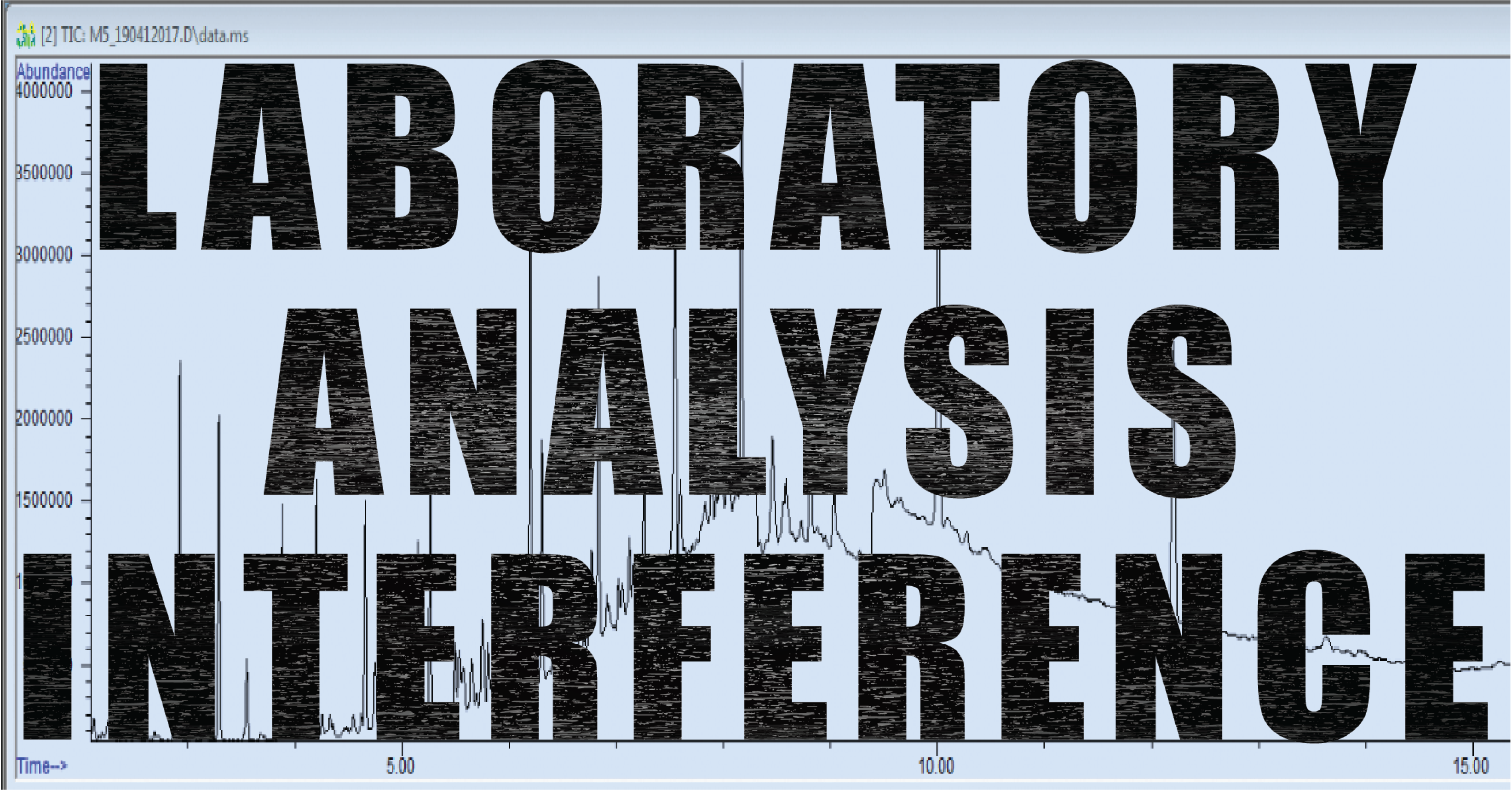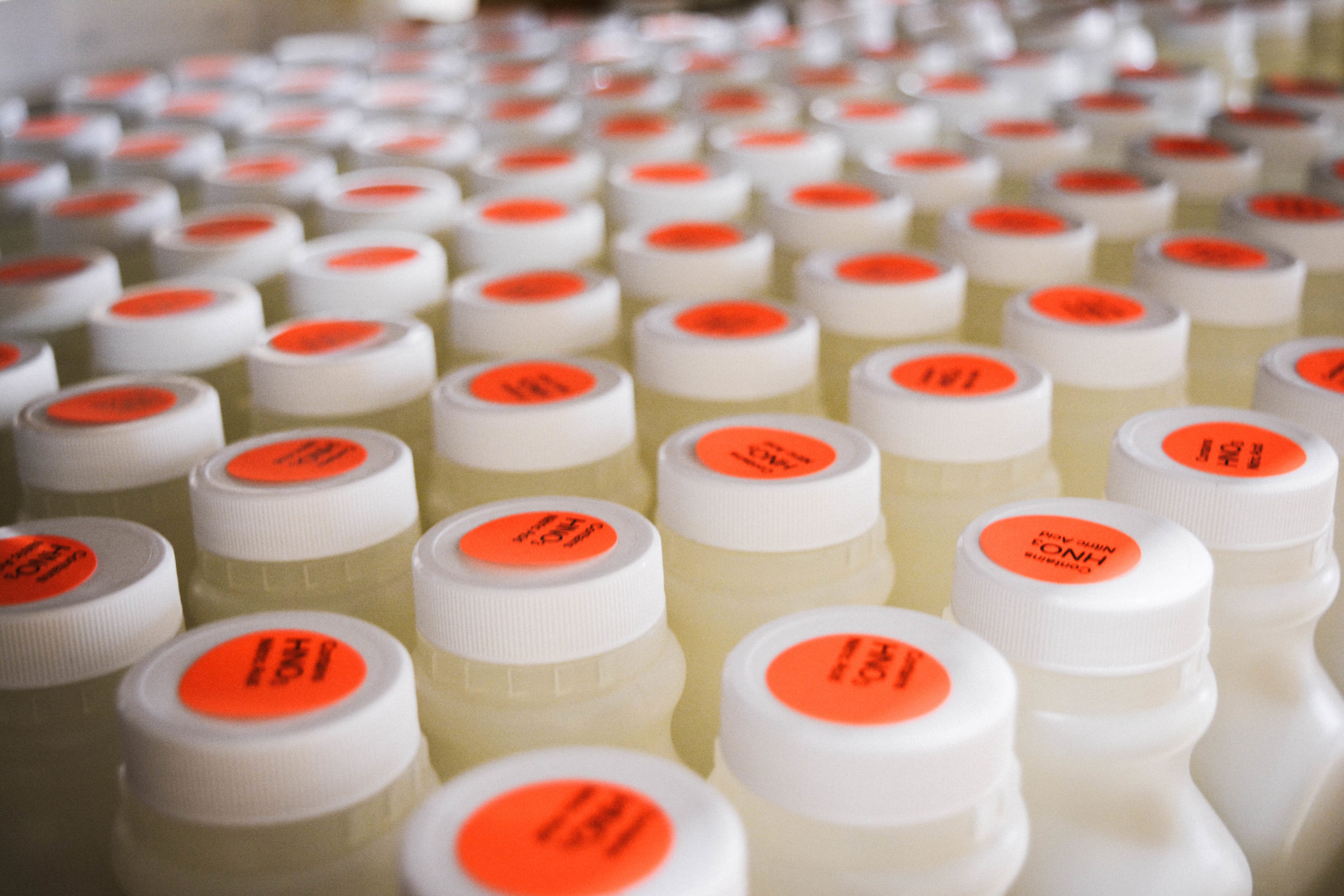Laboratory Analysis Interference – Part 2

In this three-part series, we will describe some common interferences our laboratory analysts encounter that may explain why some of your data has, for example, higher reporting limits or qualifiers.
Laboratory Analysis Interference, also referred to as matrix interference, occurs when non-target analytes or physical/chemical characteristics of a sample prevent quantification of the analytes of interest. This can cause increased uncertainty in the result reported to the client. Sometimes, additional preparation and/or analysis is unavoidable to mitigate the effects of the interference and obtain usable data. Ultimately, analysis interference can have a dramatic impact on your data and may be difficult to clarify, resolve and understand.
Part 2. High Concentration Metals
How it Happens
Samples for metals are typically analyzed using an Inductively Coupled Plasma (ICP) or ICP-MS instrument, where multiple metals are being analyzed at the same time. This is achieved by ionizing the sample with inductively coupled plasma, and then using a mass spectrometer or atomic emission spectroscopy to separate and quantify those ions. When there is a high concentration of one or more analytes, the analysis process in the instrument can be drastically disrupted, and even cause damage to the instrument itself.
How to Overcome and Data Impact
The only good way to overcome this is using dilutions. You can choose to analyze the sample using multiple dilutions, but the risk is that you may have to reimburse for the repair of any instrument damage it may cause. You can choose to only analyze at a dilution, but then your reporting limits will be elevated, and you may miss detections at levels lower than the elevated reporting limit. This can be a challenging decision.
For example, let’s say your analyzing for Zinc, Lead and Arsenic. An initial run yields an extremely high zinc concentration, a detection of 0.004 mg/L for Lead, and a <0.002 mg/L result for Arsenic. To get a valid Zinc result the analyst may do a 1000-time dilution, which gets you a Zinc result of 85.3mg/L, but now Lead and Arsenic show as non-detects at <2.00 mg/L. This can have a big impact on your project.

Avoid costly resampling due to lack of lab communication or partnership oversights. Choose our team of highly dedicated professionals for your next project. Contact our team for more information.
